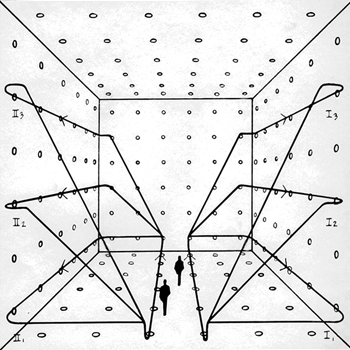i think you're saying than a 2m/s increase in velocity doubles KE?
if that is correct, then in math terms:
#(1/2 m (v+ 2)^2)/(1/2 m v^2) = 2#, where #v# is the velocity before the increase is applied
So cancelling some stuff
#( (v+ 2)^2)/( v^2) = 2#
and then solving the quadratic
#v^2 + 4v + 4 = 2v^2#
#v^2 - 4v - 4 = 0#
completing the square
#(v-2)^2 - 4 - 4 = 0#
#(v-2)^2 = 8#
#v = 2 pm 2 sqrt 2 \ m/s#
both of these solutions make sense.
if the particle is travelling to the right at #v = 2 + 2 sqrt 2 \ m/s# and increase its velocity to #v = 4 + 2 sqrt 2 \ m/s#, the KE should double
Similarly, if the particle is travelling to the left, ie at #v = 2 - 2 sqrt 2 \ m/s#, and it increases its velocity to #v = 4 - 2 sqrt 2 \ m/s#, now moving to the right, the KE should also double.

